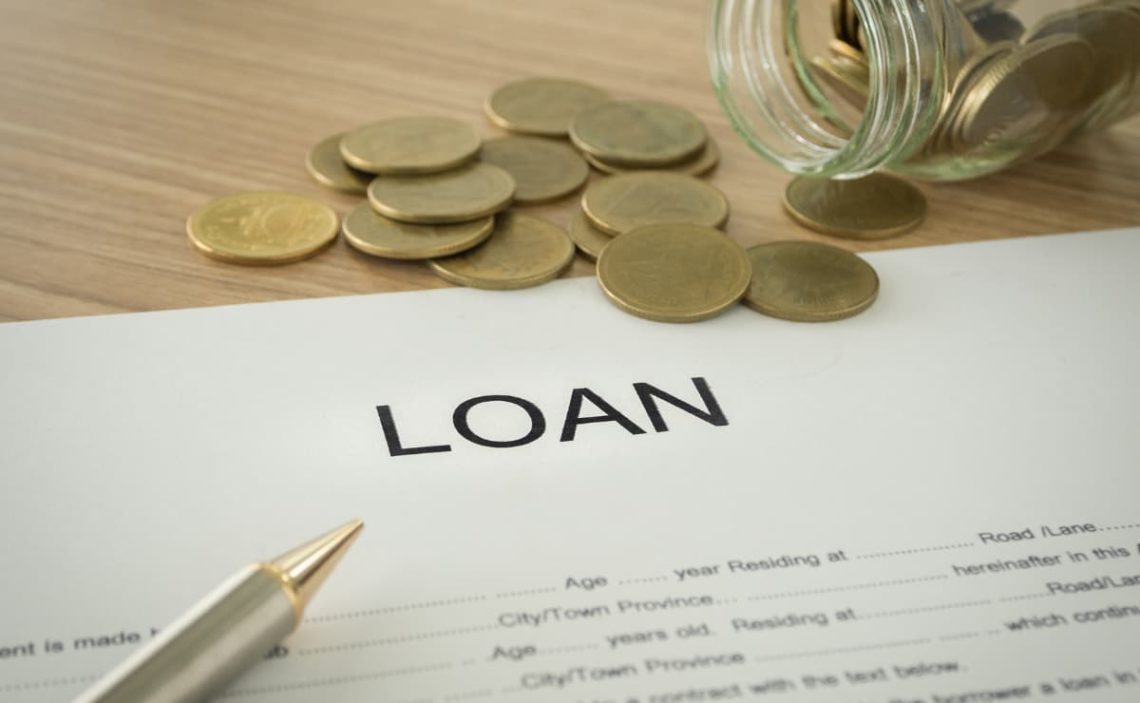There are different reasons why you can refinance a house. It is a fairly common financing operation, which can be very interesting in some situations, although it is not exempt from certain elements and risks that you should know. Let’s try to understand the reasons why people refinance their homes.
Refinancing a Home
We must understand that buying a home is probably one of the most important decisions (from a financial standpoint). Unless you are a professional real estate investor, for most people, purchasing a home will occur at most a couple of times or three in their lifetime. In other words, it is a major financial transaction.
It is important to understand that it is a significant investment. For many people, the financial tool value of home ends at the time of purchase, but this is not the case. A house can be a valuable tool that allows you to access refinancing operations oriented to different scenarios.
|
When should you refinance your home? |
|
| Improve mortgage terms | Yes |
| Obtain extra money | No |
| For extra financing | No |
| Resolving financial crises | Yes/No |
| Looking for a cheap loan | No |
Why do people refinance their homes?
There is no single reason why people refinance a home. In some cases, it is almost a must, as we will see below. If we had to choose some of the main reasons why people apply for mortgage refinancing, we would say that they are the following:
Improve mortgage terms
That is a classic of home refinancing. It can take many forms, both in negotiating with the original lender and subrogating to another. Even, in some cases, as a full payoff of the original loan to apply for a new one.
Keep in mind that over the life of a mortgage, it is more than likely that market conditions will change with regards to the price of the mortgage. It is also necessary to think that these market conditions can lower the average cost of a mortgage loan, making the loan that we have contracted a very expensive one.
For example, suppose we contract a mortgage at an interest rate of 4%, and a few years later, the average interest rate is 3%. In that case, logically, we are assuming the payment of an expensive mortgage compared to the market. Here, negotiations to improve the conditions are necessary.
Also, these improved loan conditions can include factors such as better repayment terms.
For example, imagine that your financial situation had improved significantly compared to when you took out the mortgage. If the subscription was made for a 30-year term, you could refinance by reducing the duration by 15 years and save a lot of interest.
For extra financing
That is another great reason for refinancing. In this case, when we have amortized an important part of the mortgage so that the house’s market value already exceeds a certain percentage of what we owe the lender, we can use that difference to our advantage.
The advantage of this type of financing is that the amortization costs are generally lower: the monthly payment is smaller than in a personal loan.
The big disadvantage is that it is an expensive form of financing in the long term. Think that you incorporate the loan for much longer than a personal loan. Therefore, although the interests are lower, applying the same ones will be longer.
Resolving financial crises
That would be the worst-case scenario, but it is also one of the most common. Here we could distinguish two different situations:
- Those who request a mortgage refinancing to extend the amortization term, reducing the monthly installment cost. That is quite common and is done when the economic situation makes it complex to assume the current installment.
- Those who use the property to obtain financing to enable them to face a difficult period. In this case, mortgages become a loan model based on the remaining unmortgaged or already amortized value.
As we see, there is no single model of need or use; in fact, we could find and add others.
What is always important is to assess the real reason why we refinance. Before obtaining extra money, it is important to evaluate the possible long-term consequences and the additional costs.


